Product Information
Description
Cefotaxime is a third-generation cephalosporin antibiotic that works by inhibiting bacterial cell wall synthesis. It binds to specific penicillin-binding proteins (PBPs) located inside the bacterial cell wall. By inhibiting these PBPs, Cefotaxime disrupts the final stages of cell wall synthesis, causing the bacterial cell wall to weaken and eventually rupture due to osmotic pressure. This bactericidal effect results in the death of the bacteria. Cefotaxime is effective against a broad spectrum of Gram-positive and Gram-negative bacteria, making it useful for treating a variety of infections, including respiratory tract infections, urinary tract infections, and bloodstream infections.
Ingredients
Cefotaxime 0.25G
Drug Class
cephalosporin
Dosage Form
injection
Uses
The following are the uses of Cefotaxime 0.25g Injection:
- Treatment of respiratory tract infections, including pneumonia and acute exacerbations of chronic bronchitis.
- Management of urinary tract infections caused by susceptible bacteria.
- Treatment of intra-abdominal infections, including peritonitis and abscesses.
- Management of skin and soft tissue infections caused by Gram-negative and Gram-positive bacteria.
- Treatment of bacteremia and septicemia due to susceptible organisms.
- Management of pelvic infections, including endometritis and pelvic inflammatory disease (PID).
- Treatment of meningitis caused by susceptible bacteria.
- Treatment of infections in immunocompromised patients or those undergoing surgery.
Dosage
Following are the doses of Cefotaxime 0.25g Injection:
- The usual dose for adults is 1-2 grams every 12 hours, depending on the severity of the infection.
- In severe infections, the dose may be increased to 2-3 grams every 12 hours, as prescribed by the healthcare provider.
- For neonatal or pediatric patients, the dose is typically 50-100 mg/kg per day, divided into two doses.
- For meningitis, the dose may be increased to 3 grams every 12 hours in adults and 100 mg/kg per day for pediatric patients, divided into doses.
- Dosage adjustments may be required for patients with renal impairment.
- The exact dosing schedule should be determined by the healthcare provider based on the specific infection being treated.
In case of Overdose
In case of an overdose of Cefotaxime 0.25g Injection, immediate medical attention should be sought. Overdose symptoms may include nausea, vomiting, diarrhea, and seizures. If an overdose occurs, it is important to seek emergency medical care right away. Do not attempt to self-treat or take any actions without consulting a healthcare provider. In some cases, if an overdose is suspected, the healthcare provider may perform dialysis or administer other interventions to manage the overdose. Always follow the prescribed dosage and usage instructions to avoid overdose.
Missed Dose
If you miss a dose of Cefotaxime 0.25g Injection, administer it as soon as you remember. However, if it is almost time for your next dose, skip the missed dose and continue with your regular dosing schedule. Do not administer two doses at once to make up for the missed dose, as this could increase the risk of side effects or complications. Always follow the dosing instructions provided by your healthcare provider and consult them if you’re unsure about how to proceed after missing a dose.
How To Use
To use Cefotaxime 0.25g Injection, follow the instructions provided by your healthcare provider or as indicated on the prescription label. Cefotaxime should be administered by a healthcare professional through intravenous (IV) or intramuscular (IM) injection. The dosage and frequency depend on the condition being treated, your age, and other health factors. It is important to follow the prescribed schedule closely to ensure effective treatment and avoid underdosing or overdosing. Do not attempt to self-administer this injection. Ensure you complete the full prescribed course of treatment, even if you start feeling better before finishing the medication, to prevent the infection from returning or developing resistance.
When Not to Use
Following are the situations when Cefotaxime 0.25g Injection should not be used:
- Should not be used in individuals with a known allergy to Cefotaxime, other cephalosporin antibiotics, or any of the components of the injection.
- Contraindicated in patients who have a history of severe allergic reactions (such as anaphylaxis) to beta-lactam antibiotics (penicillins or cephalosporins).
- Should not be used in patients with a history of severe kidney dysfunction or those who are unable to eliminate the drug effectively.
Side Effects
The side effects of Cefotaxime 0.25G injection may include:
- Rash
- Diarrhea
- Nausea
- Vomiting
- Pain at the injection site
- Fever
- Allergic reactions (e.g., hives, swelling)
- Headache
- Dizziness
- Liver dysfunction (e.g., jaundice)
- Blood clotting issues (e.g., bleeding or bruising)
- Seizures (rare)
Precautions & Warnings
Following are the precautions for Cefotaxime 0.25G injection:
- Use with caution in patients with renal impairment, as dose adjustments may be required.
- Caution is advised in individuals with a history of gastrointestinal disorders, as Cefotaxime can cause gastrointestinal disturbances.
- May cause changes in blood clotting, so use with caution in patients with bleeding disorders or those on anticoagulants.
- Caution should be exercised in pregnant or breastfeeding women, as the safety of Cefotaxime in these populations has not been fully established.
- Monitor liver function and renal function during treatment, especially in prolonged or high-dose therapy.
Drug Interactions
Following are the drug interactions for Cefotaxime 0.25G injection:
- May interact with anticoagulants (e.g., warfarin), increasing the risk of bleeding. Monitoring of prothrombin time is recommended.
- Caution is advised when used with other nephrotoxic drugs (e.g., aminoglycosides, vancomycin), as the risk of kidney damage may increase.
- Probenecid can decrease the renal excretion of Cefotaxime, potentially increasing its levels in the blood.
- Concurrent use with oral contraceptives may decrease the effectiveness of birth control, so additional contraceptive methods should be considered.
- May interact with other antibiotics, such as chloramphenicol, leading to antagonistic effects.
Food Interactions
Following are the food interactions for Cefotaxime 0.25G injection:
- There are no specific food interactions for Cefotaxime, but it is generally recommended to maintain a regular diet while on this medication.
- It’s advisable to stay hydrated and drink plenty of fluids to help prevent kidney-related side effects.
- Alcohol should be consumed with caution as it may exacerbate certain side effects like gastrointestinal irritation and may interfere with the effectiveness of the medication.
Storage/Disposal
Cefotaxime 0.25G injection should be stored at room temperature, away from light and moisture. The medication should be kept in its original packaging until use to protect it from environmental factors. It should not be stored in the bathroom or near a sink. Ensure that it is kept out of reach of children. If the injection has been reconstituted, it should be used immediately, or as instructed by the healthcare provider, and disposed of properly. Unused or expired Cefotaxime should not be flushed down the toilet or poured down the drain. The best method of disposal is to follow local disposal guidelines or return the medication to a pharmacy that offers a take-back service. Always consult your healthcare provider or pharmacist if you’re unsure about how to dispose of the medication.
Quick Tips, if any
Following are the quick tips for Cefotaxime 0.25G injection:
- Use Cefotaxime as prescribed by your healthcare provider to ensure effective treatment.
- Ensure that the injection is administered by a healthcare professional to avoid improper use.
- If you are receiving multiple doses, be sure to follow the recommended schedule for the best results.
- Inform your healthcare provider of any allergies or other medications you are taking to avoid potential interactions.
- Stay hydrated and drink plenty of fluids while using this medication to help support kidney function.
- Avoid alcohol during treatment, as it may increase the risk of side effects.
Laboratory Screening
Cefotaxime 0.25G injection does not typically require routine laboratory screening for most patients. However, in certain cases where there are concerns related to kidney function, liver function, or other factors, the following laboratory tests may be considered:
- Regular monitoring of kidney function (e.g., serum creatinine, blood urea nitrogen) if the patient has pre-existing renal conditions or is receiving prolonged treatment.
- Liver function tests (e.g., AST, ALT) to assess for potential liver-related side effects during extended use.
- Complete blood count (CBC) may be monitored to detect any changes in blood cell counts, as Cefotaxime can rarely cause hematologic issues.
- Prothrombin time/international normalized ratio (PT/INR) for patients on anticoagulants, as Cefotaxime may increase bleeding risk.
- If the patient is receiving a prolonged course of Cefotaxime, periodic monitoring of kidney and liver functions is advisable.



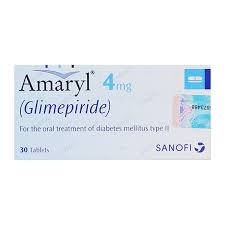



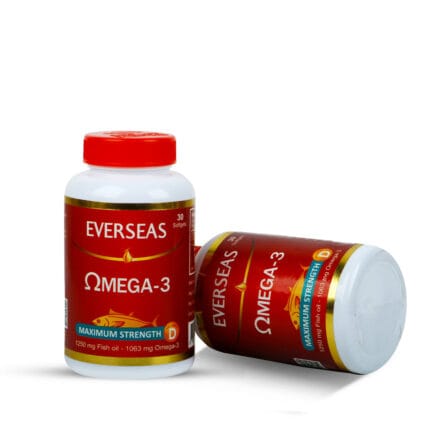
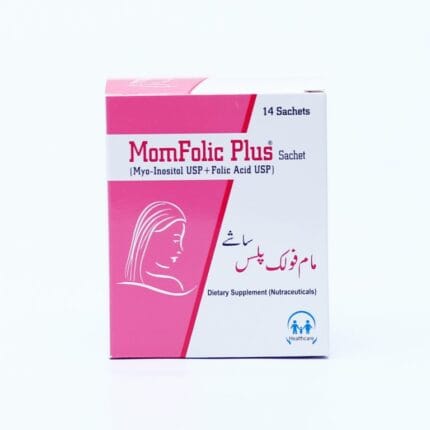


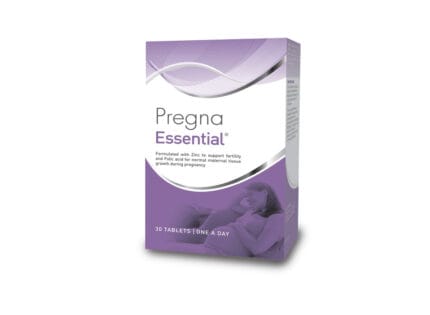
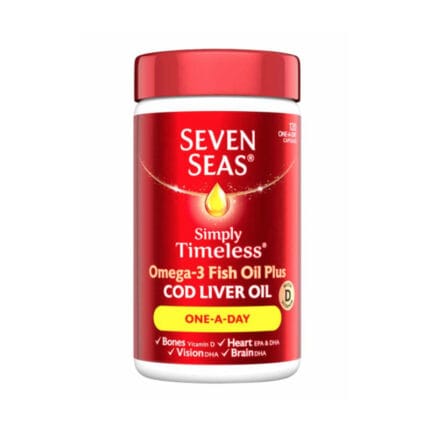
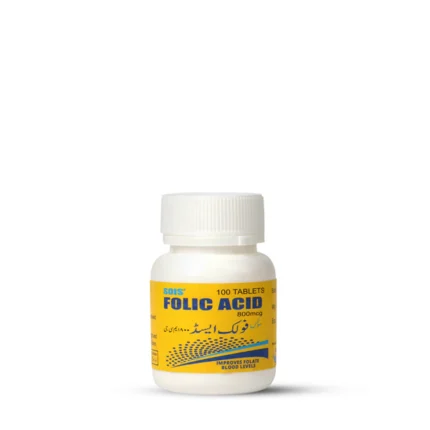








Reviews
There are no reviews yet.